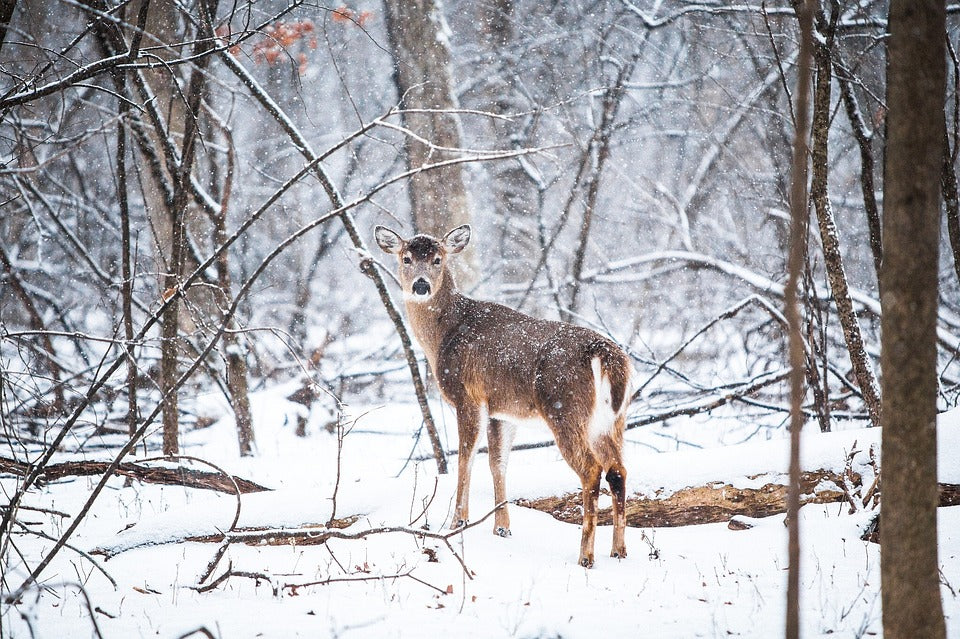Offer
Provide additional details about the offer you're running.
Provide additional details about the offer you're running.
Provide additional details about the offer you're running.

When we think of the most common bird feed raiders, we often associate squirrels and chipmunks as the primary offenders. Rightfully so, smaller mammals like squirrels and other rodents are by far the most common nuisances for avid backyard birders across North America. The marketplace is flooded with products and solutions specifically designed to protect our feeders from squirrels and the like and every birder seems to have their own unique remedy for keeping these hungry pests away from their bird seed.
For some of us living in more rural settings, it is quite common to find a larger type of mammal feasting on our feathered friend’s food.
Deer
Having deer living in close proximity to your home is now more common than ever. As our cities and towns continue to grow into outlying areas, we are ever-encroaching on prime deer habitat. While deer are often regarded as elegant and harmless, with good reason, they can, however, wreak havoc on bird feeders if you let them. Deer have big appetites, particularly in the winter season when food sources can be tough to come by. When deer find an easy and fruitful food source, a group of them will quickly eat as much as they can and when you related that to bird feed, a small herd of deer can easily empty out a large feeder.
Deer are crafty animals and have been known to pull down feeders from trees or poles, chew feeders with their powerful teeth and even knock down feeders using their legs or bodies to access the food inside. There, unfortunately, are not a terrible amount of solutions to deter deer from feasting on your bird seed. Some folks opt to remove their feeders during the nighttime hours when deer are often foraging for food or where and when possible, hanging their feeders in tall trees where deer cannot reach them.
Bears
A mammal that has not traditionally been commonly associated with visiting backyards is bears. Recently, however, we have seen the bear to human contact rise exponentially over the past couple of years. With stories and even video surfacing of bears lounging in backyard pools or tearing through neighborhood trash bags, for some of us, the chances of seeing a bear close to home are very good.
Typically high bear encounter times are in the late winter and early spring when bears are waking up from their winter hibernation and are often looking to feed themselves or their newly arrived cubs. In these cases, bird feeders could not be a more welcoming sight to a hungry and groggy bear.
Much the same as deer, bears will pull and knock down feeders a rip them to shreds while attempting to access the feed inside. Folks that experience a bear frequenting their bird feeders regularly will often opt to remove the feeders all together for the spring and early summer. Another effective way to deter bears is to change your seed offering, bears will typically shy away from more bitter food offerings such as safflower seed or nyjer seed.
High Quality Blend